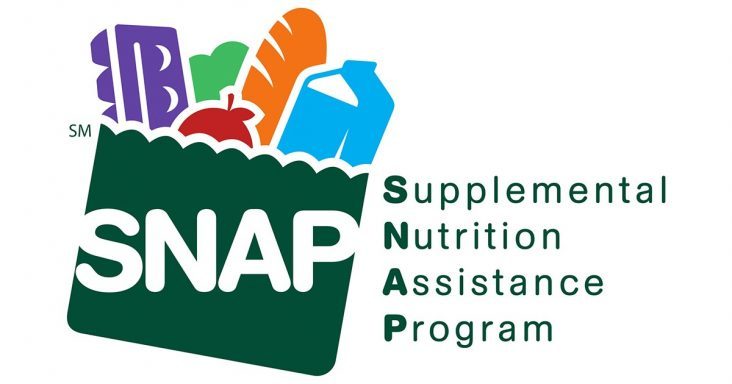Report notes shift in SNAP consumer shopping behaviors
by November 1, 2022 5:32 pm 1,465 views

The 21 million U.S. households that receive Supplemental Nutrition Assistance Program (SNAP) benefits – commonly known as food stamps – are among some of the hardest hit with rising food prices throughout 2022.
Marketing firm IRI reports the 41 million SNAP participants represent about 12% of the food and beverage dollar sales so far in 2022, down 1% from a year ago. Sally Lyons-Wyatt, client insights executive at IRI, said the decline in SNAP marketshare dip relates to the lack of stimulus in 2022 compared to 2021. In December 2020 Congress provided a 15% increase in SNAP benefits from January through June 21. That program was extended through September 2021.
Wyatt said average per-person SNAP monthly spend topped out at $251 in the last quarter of 2021 with the stimulus help, up from $121 in 2019 prior to the pandemic, and $133 in 2022. She said the SNAP population sector is changing, with 37% being Millennials (ages of 26 and 41) and 26% in the Baby Boomer generation (ages 58 to 76). The percentage of Millennials grew 2% year over year, while Boomers decreased 2%. She said 37% of SNAP participants live in rural areas, 54% are single or divorced, and 16% are working families with five or more in the household.
IRI reports $9.5 billion per month has been spent on food and beverages by SNAP participants so far this year. Lyons said the group makes 9% more shopping trips than the total population. The marketing firm said spending this year will grow but shoppers will be more choosy about where and how they spend their benefits.
The report found 74% of SNAP participants are concerned about the inflationary prices pushing CPI prices up 8.2% in September from a year ago. IRI also found that 41% of SNAP shoppers are worse off financially than a year ago. Wyatt said through the first nine months of 2022, SNAP spending on food and beverage was down 2% compared to a year ago.
IRI said SNAP shoppers are buying fewer items in certain categories because they are trying to stretch their grocery dollars. The report found general grocery has seen 10.4% higher prices this year and experienced 12.6% fewer units being sold with a 3.5% dip in dollar sales. The non-alcoholic beverage category has seen prices jump 16.6% and there are 13.2% fewer units being sold. SNAP shoppers are buying 33% less meat, 24% are buying less packaged drinks, 42% are buying less snacks or treats, and 16% are spending less on alcohol – which is not covered by SNAP benefits.
Wyatt said 35% of the SNAP household budget is typically allocated to dinner. The report found 32% said they were cooking more at home from scratch because the raw ingredient costs are typically less and they also prefer to not eat processed foods. She said 45% are buying in bulk because they have large households or want to share with family outside the home.
Jay Kirkus, shopper marketing consultant with IRI, said private brands are also getting more of their fair share because of inflation. The categories where private brand growth has been the largest includes baking with items like nuts, sugar and butter, dinner solutions like bakery bread and cheeses to dessert items like bakery brownies or cookies. Bakery items are not eligible for SNAP benefits but SNAP shoppers are spending more of their own money in the fresh categories.
Wyatt said SNAP shoppers love national brands and are loyal to the brand and retailer. She said they make 2.2 times more trips per buyer for national brands versus private labels. Also 4.3 times more dollars are spent by SNAP shoppers on national brands over private labels. She said as long as SNAP shoppers are not priced out they will more often opt for the national brand.
Wyatt said more SNAP shoppers are using online grocery ordering as a way to save on fuel costs. She said 9% said they have used home delivery and 8% have used curbside pickup. One in 10 said they plan to do at least some of their shopping online in the next month.
